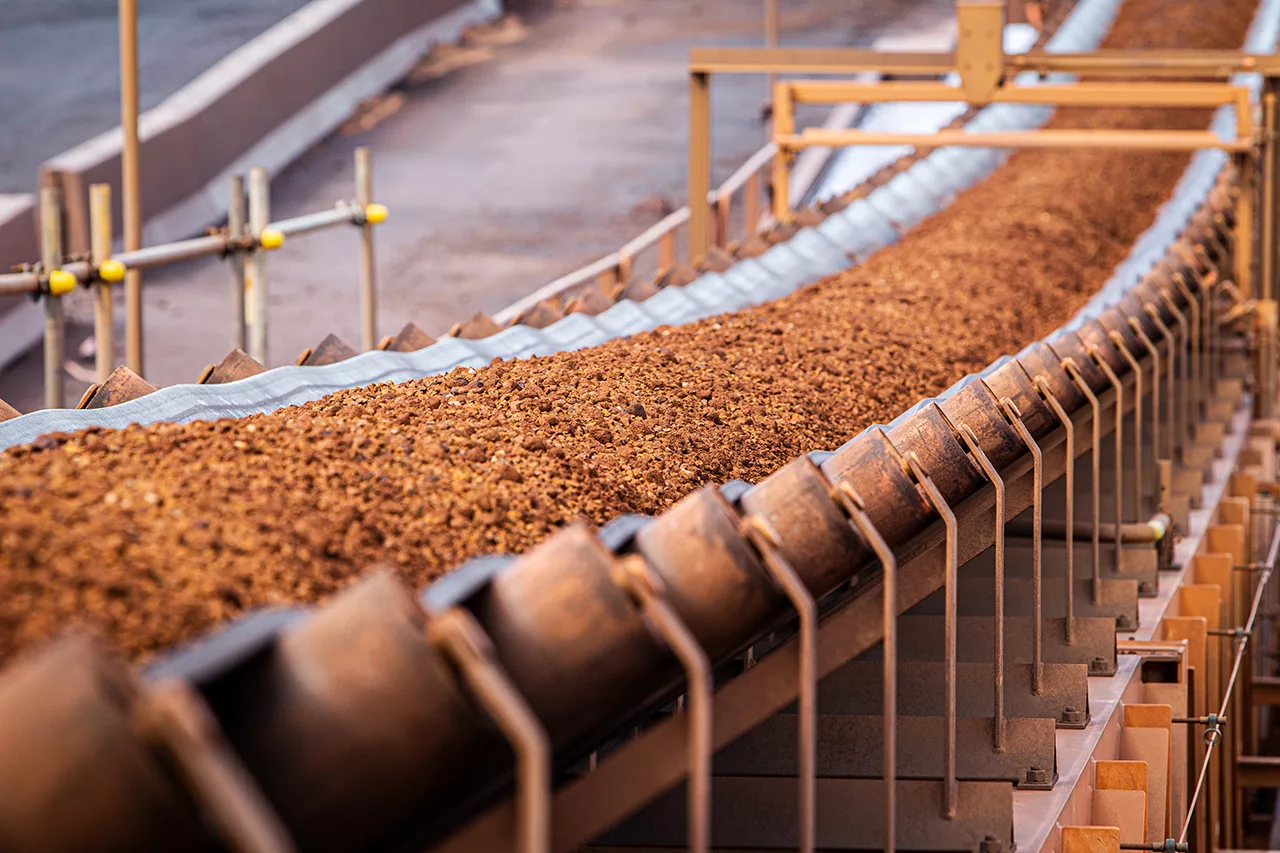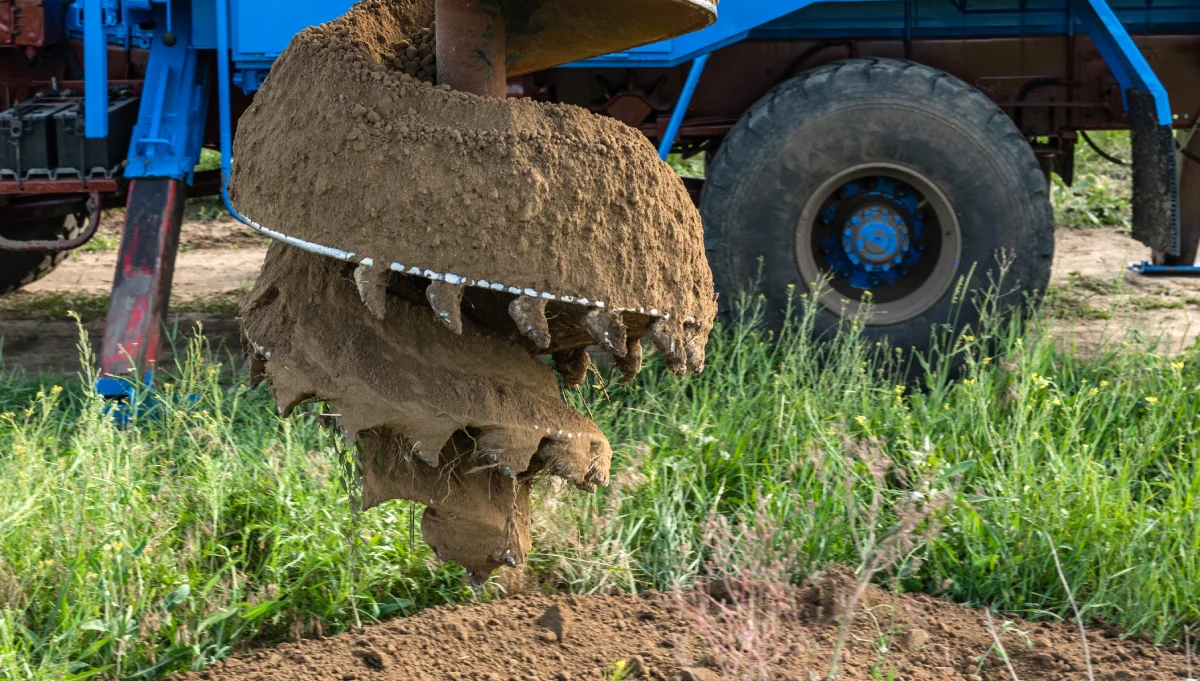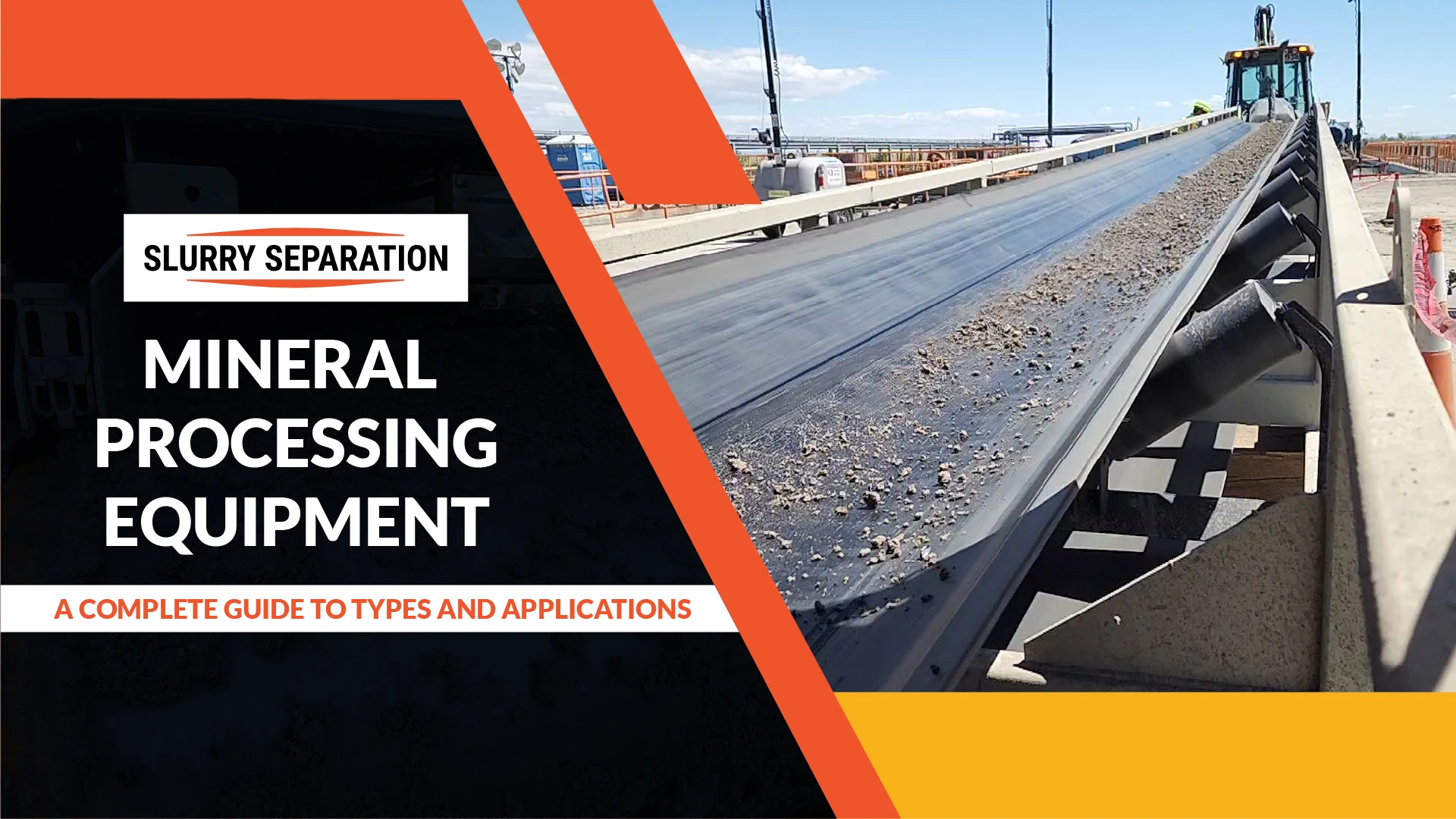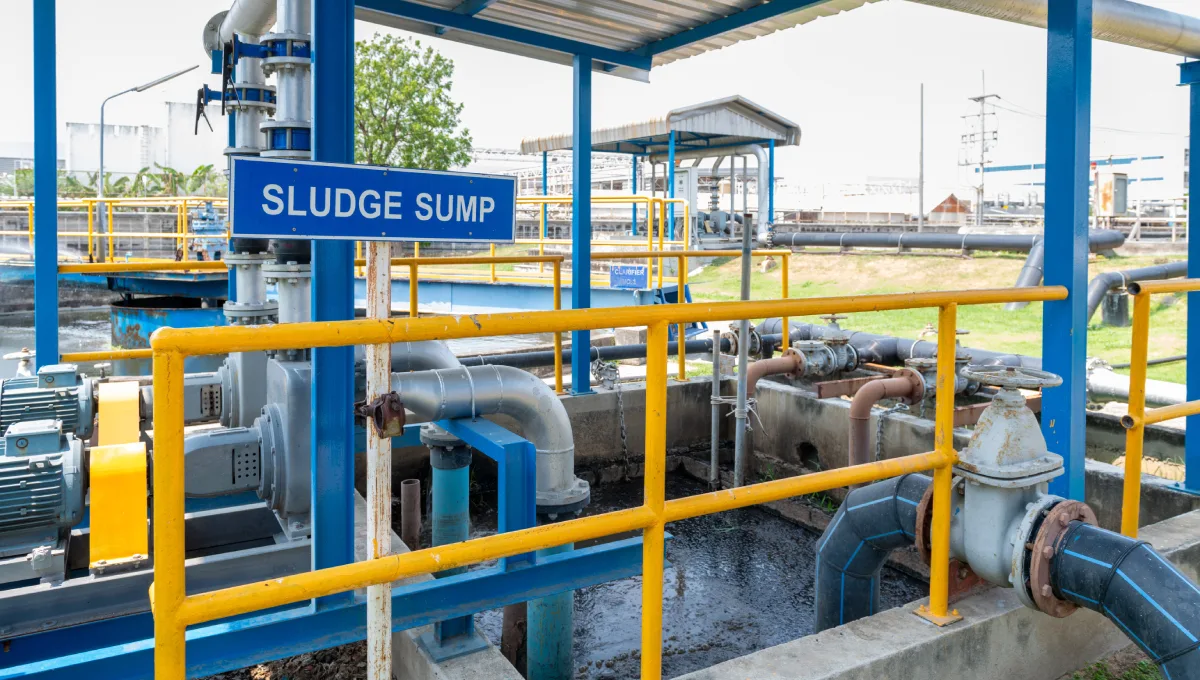Tailings management is critical to modern mining operations and is key to natural resource management. It ensures the responsible disposal and containment of waste materials generated during mineral processing. Effective tailings disposal and retention strategies are essential for minimizing environmental impact, safeguarding water resources, and promoting sustainable mining practices.
Understanding Tailings Management
Tailings are the byproducts of ore processing that remain after extracting valuable minerals. Tailings management involves collecting, transporting, and disposing of these waste materials in an environmentally sound manner.
Environmental Impacts
Improper tailings management can lead to significant environmental consequences, including water contamination, habitat destruction, and the release of harmful chemicals into the ecosystem. The containment and disposal of tailings must be designed to minimize the risk of catastrophic failures such as dam breaches or spills, which can have severe environmental and social consequences. Effective containment structures, monitoring systems, and emergency response plans are essential to mitigate risks and protect surrounding ecosystems and communities.
Water Management
Proper water management is critical for controlling the movement and behavior of tailings. This includes strategies for water conservation, collection, treatment, and discharge. Tailings facilities must be designed to minimize water ingress and prevent seepage into surrounding groundwater and surface water bodies. Additionally, effective water treatment measures are employed to ensure compliance with regulatory standards and prevent contamination of water resources.
Techniques for Tailings Management
Tailings Storage Facilities (TSFs)
Tailings storage facilities (TSFs) must be engineered to ensure long-term stability and integrity. This includes factors such as slope stability, foundation conditions, and geotechnical characteristics of the tailings materials. Comprehensive risk assessments and regular inspections are conducted to identify potential stability issues and implement appropriate mitigation measures to prevent failures.
Thickened Tailings Deposition
Thickened tailings deposition involves dewatering tailings to increase their density before disposal, reducing the volume of waste and minimizing the risk of seepage and contamination.
Dry Stacking
Dry stacking is a method of tailings disposal that involves mechanically stacking dewatered tailings in a controlled manner, allowing for efficient water recovery and reducing the risk of environmental contamination.
Benefits of Effective Tailings Management
Environmental Protection
Proper tailings management helps protect water resources, prevent soil erosion, and minimize the release of pollutants into the environment, safeguarding ecosystems and biodiversity.
Regulatory Compliance
Adhering to stringent environmental regulations and industry standards for management of tailings ensures legal compliance and helps mining companies maintain their social license to operate.
Resource Recovery
Innovative management technologies enable the recovery of valuable minerals and metals from tailings, transforming waste materials into valuable resources and reducing the need for additional mining activities.
Tailings Management Case Studies
1. Olympic Dam Mine (Australia): The Olympic Dam Mine implemented advanced tailings management systems, including thickened tailings deposition and dry stacking, resulting in improved environmental performance and regulatory compliance.
2. Escondida Mine (Chile): The Escondida Mine adopted innovative tailings dewatering technologies, reducing water consumption and optimizing resource recovery while minimizing environmental impact.
3. Voisey’s Bay Mine (Canada): Voisey’s Bay Mine implemented tailings storage facilities equipped with state-of-the-art monitoring and control systems, ensuring the safe containment and management of tailings in challenging Arctic conditions.
Tips for Effective Tailings Management
1. Risk Assessment: Conduct comprehensive risk assessments to identify potential environmental hazards and develop mitigation strategies accordingly.
2. Community Engagement: Engage with local communities and stakeholders to foster transparency, trust, and collaboration in tailings management initiatives.
3. Continuous Monitoring: Implement robust monitoring and surveillance programs to track the performance of tailings facilities and identify any potential issues or risks promptly.
Future Trends and Innovations
Tailings Reprocessing
Advancements in tailings reprocessing technologies enable the extraction of residual metals from existing tailings, offering economic and environmental benefits.
Advanced Dewatering Techniques
Innovative dewatering technologies, such as advanced filtration and centrifugation systems, improve the efficiency of tailings dewatering processes, reducing water consumption and enhancing resource recovery.
Integrated Tailings Management Solutions
Integrated management solutions incorporate advanced data analytics, automation, and artificial intelligence to optimize tailings handling, storage, and disposal, driving efficiency and sustainability in mining operations.
FAQs (Frequently Asked Questions)
- What are the main challenges associated with tailings management?
Tailings management challenges include environmental risks, regulatory compliance, and the need for sustainable waste disposal solutions. - How can mining companies minimize the environmental impact of tailings disposal?
Mining companies can minimize the environmental impact of tailings disposal by implementing advanced management technologies, conducting thorough environmental assessments, and engaging with stakeholders. - What role does government regulation play in tailings management?
Government regulations establish standards and guidelines for tailings management, ensuring the protection of the environment and public health and safety. - Are there opportunities for resource recovery from tailings?
Yes, innovative technologies enable the recovery of valuable minerals and metals from tailings, offering economic incentives and reducing the environmental footprint of mining operations.
Effective tailings management is essential for ensuring the sustainability and responsible operation of mining projects worldwide. By implementing best practices, leveraging innovative technologies, and prioritizing environmental stewardship, mining companies can minimize their impact on the




